True Dragons
Death From the Sky
Saleh'Alire » Fauna ⭲ Organic & Construct ⭲ Magical ⭲ True Dragon
Poets and Historians do have a way of editing and exaggerating things at times, as does the common Sophont after a pint too many of Ale. Stories of Dragons are certainly no different; many a tale has been spun about this one's great-great-great who "fought in the Dragon War", or that one's best mate who "certainly saw". But the truth always prevails. And the truth is, True Dragons are far, far gone, and the Material is all the better for it.True Dragons were an ancient, magical species whose first existence is recorded in the Feywild; the Draconic family was originally vast and consisted not only of numerous types of True Dragons, but also similar nonmagical and only semi-magical creatures directly descended from them (known as Lesser Dragons), as well as many look-alikes (frequently called False Dragons). What made them unique, however, was their ability to switch between a Draconic form and a Humanoid form at will- as well as enhanced power and magical ability- as they progressed in age. Like most Sophontic species, True Dragons evolved heavily complex societal structures and cultures over time, complete with a religion, and a mythology that stated that Dragons were made before any other worlds or creatures came into being. And by the time of the First Dragon War, True Dragons were already so old and advanced they'd had their own Kingdom for most of known recorded history. After the events of the Second Dragon War on the Material Realm, though, only the family of False Dragon relatives is believed to remain; True Dragons are now considered to be functionally extinct, as none have been spotted since the last war- either in Feywild, or otherwise. This has not prevented True Dragons from continuing to captivate the minds of those across the Realms, however … Today, centuries after the end of the Dragon Wars, everything from Heraldry to Company Logos are outfitted with the motif of the Dragon as a show of both pride in one's creative work, and power over one's competition (or enemies). This is particularly true among the reclusive Dwarves- direct descendants of the Phet who created the original Metallic Dragons of the Material Plane during the Second Dragon War.
Varieties & History
True Dragons came in a variety of known forms that were classified into two groups: Organic and Construct; Organic Dragons included the Chromatic and Faceted Dragons (with the Faceted Dragons being considered higher in their social hierarchy than Chromatic Dragons)- while the Construct group included the Metallic Dragons. These groups classified Dragons based on both their origin, as well as their coloration. Within each of these groups, Dragons could further range in both size and power.
Ancestry
Draconic Progenitor Conservation Status
Considered Extinct
Geographic Distribution
Dependent on type
Draconic Progenitor Conservation Status
Considered Extinct
Geographic Distribution
Dependent on type
Chromatic dragons were distinguished by a solid, non-reflective coloring of their scales in natural hues. They are believed to be some of the first Dragons that originated naturally from the Feywild, but were ultimately persecuted by the Faceted Dragons. This led to most being killed during the First Dragon War, and those who weren't fled to the safety of the Material Realm. The remaining survivors of the First Dragon War were all eventually barred from the Feywild by the Archfey at the end of the War.
Faceted Dragons likewise originated naturally from the Feywildian Realm. But where Chromatic Dragons were solid in color, Faceted Dragons were distinguished by their iridescent and crystalline scales- though the could still be confused with certain Chromatic Dragons by those who saw them from a distance, or otherwise didn't know any better about the differences between the two ... Regardless, they were easily considered the most powerful of True Dragons- existing in the upper echelons of Dragon social hierarchy on their native plane prior to the First Dragon War.
Being true magically created beings, Metallic dragons were distinguished both by the color and the actual metal composition of their scales; they were not a naturally occurring species, but were instead created in the Phetian Soul Forges on the Material Realm during Second Dragon War- initially intended as defensive agents against the Chromatic Dragons who were forced from the Feywild after the First Dragon War. Due to their intentional similarity to the other two naturally ocurring species of True Dragon, though, and their ability to self-procreate in the same ways, they are widely considered a third variety by scholars.
 Among original True Dragon lore, The Great Dragon is supposedly a Twilight aged Prismatic Dragon that has slumbered for thousands of millennia somewhere unknown within the Feywild. In these original myths, some stories consider it the Progenitor of all Organic Dragons known to Sophontic kind. Other myths, on the other hand, say it is merely the oldest of the original True Dragons to have ever lived.
Why it slumbers is unclear exacly, and none of the recorded stories have ever provided any actual reasons for its solitude and sleep. But since the Lore's cooption by the Sophontic people of the Material Realm after the Second Dragon War, however, every ounce of the Lore makes one thing very clear: If The Great Dragon were ever to awaken from its slumber, another Calamity would surely befall the Realms.
Among original True Dragon lore, The Great Dragon is supposedly a Twilight aged Prismatic Dragon that has slumbered for thousands of millennia somewhere unknown within the Feywild. In these original myths, some stories consider it the Progenitor of all Organic Dragons known to Sophontic kind. Other myths, on the other hand, say it is merely the oldest of the original True Dragons to have ever lived.
Why it slumbers is unclear exacly, and none of the recorded stories have ever provided any actual reasons for its solitude and sleep. But since the Lore's cooption by the Sophontic people of the Material Realm after the Second Dragon War, however, every ounce of the Lore makes one thing very clear: If The Great Dragon were ever to awaken from its slumber, another Calamity would surely befall the Realms.
According to records, all True Dragons had excellent senses with regards to vision and smell. This included superior Daylight Vision and Night vision both, and exceptional Depth Perception- in addition to possessing both Dark Vision and Blindsense. Some, such as the Brown Dragon, even possessed Tremorsense. They also had a sensitive nose, and were capable of picking up scents from miles away. Some records even claimed they were supposedly capable of smelling certain emotions and illnesses (even curses and blessings) emanating from the people they encountered.
A True Dragon's sense of touch, however, was one of the only unrefined senses- with limited exceptions among the Brown and Green Dragons. This is because their scales hardened off with age, becoming thicker and more impervious to damage. Hearing was also likewise limited due to a distinct lack of external ears in most dragons. Instead they relied on percussion based internal structures for sound, similar to most reptiles (despite their lack of relation).
It was reportedly rare for a mating pair to stay together past the incubation period of a Clutch. However, there were some records towards the end of the Second Dragon War that some True Dragons of the Metallic type had actually begun forming Monogamous Bonds and imitating Humanoid family structures and parenting styles. Still, "Children" often left by the time they reached Wyrn age- roughly 50 years; by the time a Dragon had reached a Millenia, they were considered Ancient and had reached the end of their development.
Regardless of a Dragon's effects on the land around it, or the kind of Lair it decided to move into … It was usually very clear when one decided to move into and make its home in any given area.
▼ Purple ▼
Purple dragons were large in size but typically slender, agile Dragons with snake-like bodies and thin wings. Their scales were so deep a purple as to be nearly black in the dark- only shining purple in intense lighting. This often meant they were confused with Black Dragons in reports.
They preferred dark places laden with shadows where they could blend in- especially underground caverns- and were rarely found on the surface as a result; they were patient and cunning, with a tendency to patiently stalk their prey from above (made easier by claws that could carve through solid rock). Additionally, they had a psychic weapon that confused and disoriented their targets.
▼ Brown ▼
Brown Dragons were a rare wingless variety which likewise preferred underground lairs- though in deserts. As a result they had leathery scales in hues of golden brown and tan; the leathery nature of their scales leant a dull appearance to their coloration while providing superior protection to the hot temperatures of their environment.
They were often solitary predators and in combat they preferred ambushes to straightforward attacks. As adept diggers suited to desert environments, this was often achieved by burying themselves in the sand and lying in wait for their prey to pass over. Regarding breath weapons, they secreted a tar-like goop to trap their targets.
▼ White ▼
White dragons were the smallest of all the Chromatic Dragons, and often recorded as being the weakest among them as well. Despite their being smaller and more muscular, and having a different coloration, however, they looked very similar to black dragons- save for a dewlap on their chin, and a frayed appearance to their wings. They also lacked the distinguishing spine frill of the Black Dragon.
In general they were considered far more feral than other dragons, as well, and had impressive memories- often holding grudges and stalking prey for ages through the icy mountain peaks they made their homes in. When they finally did catch up, they would trap their prey in their cones of Ice.
▼ Grey ▼
Gray dragons were similar in structure to White Dragons, but were larger in size, with more angular features. They also had a crest of spines down their back and along their tail. The rest of their body was covered in bony plate scales ending in spurs.
Arguably the most rapacious and violent Dragons, Grey Dragons were prone to random violent outbursts and streaks of cruelty; they enjoyed "playing with their food" so to speak. And while they had no innate breath weapon of their own, they could perfectly imitate any voice they'd previously heard before.
▼ Black ▼
Black Dragons were slender bodied compared to other Dragons- though not as small as Purple Dragons and larger than Whites- with a body that was frequently described as "wiry muscled, but not gaunt", with a frill down the back. Their horns protruded from each side of their head, and projected forward, wrapping around by the eyes.
They were excellent swimmers who well suited to the various kinds of swamps, marshes, bogs, and wetlands in which they usually lived. Black Dragons also had a corrosive breath weapon, and like most Dragons, preferred an ambush to a direct attack- sinking beneath the murky waters of their home to attack their prey at the most opportune moments.
▼ Green ▼
Green dragons were the most reptilian in appearance of all recorded Dragons, despite them having no relation to the Reptiles of the Material Realm; with long forked tongues and two extendable frills on the side of their face, they also had elongated necks and forelimbs. Their green scales also did not harden until far later in age compared to other Dragons, granting them a greater degree of movement and mobility- though still not as much as the more slender and agile Chromatics.
Green Dragons were recorded as being the third most powerful of the chromatic dragons. They were known to be highly territorial of the forests in which they dwelled, and breathed poisonous green gas on those who would dare trespass within them. Outside of their homes, however, they loved cunning, tricks of deceit, and duplicity- often feigning diplomacy until they could gain the upper hand.
▼ Blue ▼
Unlike other dragons with horns, Blue Dragons only had one large horn protruding from the center of either their nose or forehead. They also had large frilled ears, and a short neck described as being "thick and stubby". The blue scales on the bulk of their bode were smooth, while those on their chest, underbelly, and tail were plated similarly to a Grey dragon's.
Blue dragons most often lived in arid wastelands and lowland tundra. As the second most powerful of all Chromatics, despite their stocky build and large size, they preferred (and excelled at) aerial combat. This allowed them to use their electrically based breath weapon the most effectively to target their ground-dwelling prey.
▼ Red ▼
Red Dragons were both the largest and the most powerful of the Chromatic Dragons on record; they not only had the largest muscle mass, but also the longest recorded length as well. Two horns protruded backwards from their head, just behind either side of their eyes. Another two protruded below the eyes from the apex of the cheekbones; scale colors were recorded to range from a deep crimson red reminiscent of blood, to the bright red of certain crustaceans.
Typically found living in mountainous regions near active Volcanoes, they were known to gather the largest Hoards. They were also the only recorded Dragon type among the chromatics that were capable of breathing a cone of fire. They were, however, thankfully less interested in combat than other Chromatic Dragons and preferred to fight only when it suited their interests in expanding either their Hoards or Lairs.
▼ Pearl (INC)
"""Smaller than most other dragons, Pearl dragons were reclusive by nature and rarely aggressive or violent. Spoke only their own dialect, but could telepathically communicate with other telepathic or exceptionally intelligent creatures; had a breath weapon in the form of a cloud of scalding steam"""
▼ Amber (INC)
"""Amber / dragons were were smaller and weaker compared to other species of gem dragon; erratic, antisocial, but exceptionally intelligent creatures, they were often selfish and disinterested in things that did not affect them. They preferred to live in forests, and enjoyed the feeling the sea wind against their faceted, yellow-orange scales. The unique dragon breath of these creatures was a spray of sticky, scalding sap."""
▼ Ruby (INC)
"""Ruby dragons were a rare species of gem dragons who often were confused with red dragons. Their breath was a wave of intense metal-melting magic heat that melted and ignited anything (and anyone) unlucky enough to be caught in the way. Older ruby dragons enjoyed bathing in molten rock of lava and strolling along scorching magma."""
▼ Emerald (INC)
"""Emerald dragons were reclusive dragons with a lawful bent. They are inquisitive about history, but also paranoid and distrustful of visitors, whom they deter by setting traps in and by their lairs, and with their breath weapon, a powerful blast of wind. They had scales in many shades of green, with a scintillating appearance that makes the dragon seem to be in constant motion."""
▼ Sapphire (INC)
"""Sapphire dragons were territorial, militaristic dragons who normally lived in the Underdark. The majority of their diet was composed of giant spiders, and sapphire dragons considered all the evil races of the Underdark their enemies. Their breath weapon was a blast of noise that caused panic. Because of their sparkling, multi-blue-colored scales, they were sometimes mistaken for blue dragons."""
▼ Amethyst (INC)
"""Amethyst dragons were neutral, logical dragons. They had lavender skin and crystal-like scales. Their breath weapon was a blast of concussive force, and they were known to burrow into the ground. They were also the most powerful of the gem dragons"""
▼ Moonstone (INC)
"""Moonstone dragons were the largest of the gem dragons. Impetuous, mischievous, and playful. Though they eventually matured into wise and gentle storytellers and teachers, if sometimes pompous, and always curious. beam of radiant energy."""
▼ Obsidian (INC)
"""Obsidian dragons were the most intelligent of the gem dragons, but also the most dangerous. They had smooth, black, glass-like scales that had razor edges and could breathe a cone of fire. They preferred to lair near volcanoes, and were notable for their psionic abilities."""
▼ Rust ▼
Physically, Rust Dragons were recorded as resembling any of the Metallic Dragons in size, structure, and overall build. The exception was that they were all the same metallic shade of orange-red, and appeared with varying levels of powdery, flaky decay on their scales- which appeared dulled and mottled, and were tipped in grey.
The appearance of decay, however, did not actually affect Rust Dragons' strength. Indeed, their "rusted" attribute was carried a bit like a plague, impacting any metal it came into contact with (including metals that did not traditionally rust). But it left higher powered magical items untouched, and the Rust Dragons themselves were reportedly completely unharmed by the effect they carried.
▼ Mercury ▼
Mercury dragons were recorded as having sleek, serpentine bodies, a long whip-like tail, with slender heads and a pointed snout; two horns curved backward from behind their jaws; their Silver-white scales shined as brilliantly as a freshly polished mirror and were reported to seem to flow into one another in a molten-like manner.
They were quick and agile in movement, but whimsical and impulsive in nature; many reports claimed their nature to be mentally unstable as some of the first Dragon creations to come from the Phetian Soul Forges. And not only did they breath a cone of poison gas, their scales were poisonous to the touch as well.
▼ Cobalt ▼
Cobalt Dragons were often confused for Mercury Dragons in records of the Second Dragon War, due to their similar size, build, and appearance. But where Mercury Dragons' scales were a silky, mirror-like silver, Cobalt dragons were a mottled (but shining) silver-blue. They also had two horns, where the Mercury Dragons were typically hornless- with two long ones protruding from the center of the snout and wrapping backwards against the head. Otherwise, as the second Dragons to come from the Phetian Soul Forges, they were near identical.
Like Mercury Dragons, they were also poisonous. But where Mercury Dragons were poisonous even to the touch, Cobalt Dragons exuded a near constant cloud of noxious fumes from special glands beneath their neck frill. Additionally, Cobalt Dragons could also generate a Magnetic Field that could either attract or repel (or hold stationary) any metallic items in its vicinity. They preferred living deep in Jungles, however, where metal was rarely a problem for them.
▼ Brass (INC)
"""Brass dragons were extremely talkative and loved the intense heat of deserts. They often engaged foes and friends alike in hours of long-winded conversation. They avoided combat if possible, but would use their breath weapon, a cone of sleeping gas, to subdue foes if threatened. They were the weakest of the classic metallic dragons."""
▼ Bronze (INC)
"""Bronze dragons were inquisitive dragons with a fierce appearance and a fascination for warfare. They would often seek to fight evil, and would join good-aligned armies in a humanoid form. They were lawful good, lived in coastal areas, and had an electrical breath weapon."""
▼ Copper (INC)
"""Copper dragons were born pranksters, jokesters, and riddlers. They were chaotic good and lived in rocky mountains. Copper dragons had an acid breath weapon but preferred to avoid combat altogether, instead taunting and teasing foes until they left."""
▼ Electrum ▼
Electrum Dragons tended to be much smaller than other Metallic Dragons, and never quite grew to the sizes recorded among other types. They had scales that were like White Gold, with an almost brassy Silver sheen, and two horns protruding backwards from their Cheekbones on either side of their face. A third horn projected backwards from the ridge between their eyes.
They were alert and deliberate fighters when roused to battle. Their breath weapon was a cloud of noxious gas that could leave their target weakened and confused, but was not otherwise considered poisonous. Because they tended to avoid combat if at all possible, however, they were known to use these attacks to flee to the safety of their lairs- which were most often located in abandoned buildings, mountains, caverns, and similarly isolated locations.
▼ Iron (INC)
"""Iron dragons were powerful, dangerous predators. While most had a neutral alignment, some were actually evil."""
▼ Silver (INC)
"""Silver dragons were regal, lawful good creatures who often took a humanoid form and lived among humans and elves. Their breath weapon was a cone of freezing cold, and they normally laired in mountains. They were very smart and preferred not to fight unless necessary."""
▼ Gold (INC)
"""Gold dragons were the most powerful and majestic of the classic metallic dragons. They are wise, lawful good foes of evil and injustice. Gold dragons were very knowledgeable and reclusive. They preferred stone lairs and had a cone of fire as a breath weapon."""
▼ Platinum (INC)
"""The rarest, largest, and most powerful of the metallic dragons, platinum dragons represented the epitome of the metallic dragons. Many believed that only one ever existed."""
▼ Mithral ▼
Mithral Dragons were the rarest, largest, and most powerful of all Metallic Dragons- least of all because of their superior magical ability due to the Mithral Metal they were created from. They were recorded as having scales "like molten blue silver flecked with stars", with a heavily plated forehead, underbelly, and tail.
Behaviorally, they were recorded as being far more Cat that Dragon in behavior and mannerisms, with a cunning and calculating mind. But they were also curious- being the one most often recorded as walking among the Humanoids in their regular shapes during downtime in the Second Dragon War. They were also the only Dragon that preferred living in regular Humanoid homes instead of Lairs, and were known to be competent spellcasters.
The Great Dragon

Intelligence & Abilities
The intelligence levels of True Dragons could vary drastically between the various types that existed. Some were recorded as being no more intelligent than your average dog- just with more bloodlust and a rather terrifying penchant for cruelty towards other creatures. Others, however, were far more intelligent specimens, and had their own written and spoken language (Dokharic). They also had a complete hierarchal structure, mythology, and even religion … This makes debates about whether or not Dragons were truly some of the first Sophontic creatures of the Realms quite explosive among modern Scholars.
All True Dragons were known to have some innate magical abilities that varied from type to type, which progressively strengthened with age. They also eventually had the capacity to shapeshift, which was garnered as they aged as well. Because of this, Dragons existed in a bit of a gray area … They were not quite wholly base magical creatures. But yet they weren't quite fully sophontic creatures, either. Instead, with their ability to change into a Humanoid form, they existed somewhat between the two- with most preferring to live the majority of their life in Draconic form, but switching to Humanoid forms in order to move about undetected in other territories, or for diplomatic matters with actual Sophonts.
Reproduction & Lifecycle
Society among Organic Dragons was hierarchal in nature, placing Faceted Dragons above Chromatics. Regardless of social structures, however, all True Dragons began life in the same manner: As Eggs. The exception, of course, were the constructed Metallic Dragons first created in the Phetian Soul Forges. However, the Phet did not want to have to manually produce a new Construct every time one was lost in the Second Dragon War, and so gave them the same mating drive and other procreative abilities observed in Organic Dragons. Mating rituals varied from type to type among the different classifications of True Dragons, but were mostly unrecorded. However, several commonalities were known to exist across the spectrum. For instance, most female Dragons preferred their prospective mates to woo them through incredible displays of aerial acrobatics- swooping through the air in powerful twists, and turns, and daring dives … And, of course, the larger a Dragon's hoard, the more likely they were to successfully mate many times over.
Once a mate was chosen, the female laid a clutch typically ranging between 1 and 3 Eggs, and the male would fertilize them. The two would then stay together, remaining in the male's lair together until the Eggs had fully hatched; because activity within lairs was so rarely observed, it is unknown if Eggs required incubation, or, if so, which members of mated pairs were responsible for the incubation (or if turns were taken during the process). It was presumed that among certain varieties- most notably Black and Red Chromatics- the male of the pair incubated the Eggs, as suspected mated females were frequently observed external to the lairs, hunting.
On the few occasions that nests were actively observed, it was recorded that the nest was located deep within the lair- often in a mound, or pit dug specifically for the Eggs and filled with some kind of gelatinous substance, then buried most of the way (with sand, leaves, or some other material) for protection. The Eggs themselves supposedly averaged the size of Rain Barrels and were roughly ovoid in shape with the same coloration of the female who had laid them, and a texture not unlike dense stone.
Territory & Lairs
Dragon Hoards are legendary and frequently consist of enormous piles of gold, gems, magic items, and more. Yet Dragons rarely did anything with all that accumulated wealth; they collected it not to spend, but because they were driven by an innate psychological (arguably biological) need. However, it had no discernable practicality or underlying purpose- other, perhaps, than in attracting a mate and acting as emergency food.
Different Dragons were drawn to Hoard different things. Some liked Gems. Others, Magical Items. One recorded only hoarded Hats, of all things- and another, Tea Cups. Some were recorded to hoard Books. But plenty hoarded the usual. For all Dragons, though, regardless of what their covetous eye was laid on, there was no such thing as "enough". Moreover, they were quick to attack anything they perceived as a threat to their Hoard (including other Dragons).
Dragon Lairs were not merely Dens where Dragons happened to sleep. Instead, they were a brooding place for their Clutches, a place to store their Hoard, and a complicated nexus for all of a True Dragon's magical energy; they were a home that carried all of the emotional and magical resonance of both the species themselves and the plane they laired on. Consciously or not, young Dragons seeking to establish their first Lairs often naturally sought out places already laden with significant magical resonance- such as areas located on a central nexus of Weave Energy flowing through the land.
In addition to often being magically powerful naturally, a True Dragon's own magical presence in the area also added its own resonance after a Lair was established. This further altered the land around the Lair; plant growth could become more dense, sinkholes could randomly appear, supernatural mists could become undispellable. Nearby water sources could be fouled, or specific creatures that were previously not native to the area could suddenly become attracted to it.
Hunting & Combat
Dragons were recorded as having a "picky pallet" and refined taste despite being Omnivores who could eat nearly anything. Each variety had a preferred Diet and would rarely deviate outside of that; Black Dragons, for instance, preferred Fish and large game, while Copper Dragons enjoyed a steady supply of Ungulates. They could also technically consume inorganic items such as Gems, Magical Objects, and other things not typically considered food- though most preferred to keep these items in their Hoards rather than eat them; consuming such precious items was a last resort that would only be considered if they were truly starving to death.
In both hunting and combat they were ferocious fighters capable of both ground attacks and aerial barrages; tails, teeth, and scythe-like claws were all available weapons at their disposal. But many also learned magic, and were unique in their ability to cast it using raw Weave Energy- or without the use of words, materials, or even a Spell Focus. This was, perhaps, what made their magic- and their breath weapons- so dangerous. Especially when coupled with their magical and mundane damage resistance.
If one could successfully manage to take down a True Dragon, there was certainly no end in sight for the range of uses recorded for their corpses; Dragonhide and Dragonscale were both considered incredibly valuable materials for crafting Armor. Strong, flexible Tendons were used in high quality bows. Bones, Claws, and Teeth were often made into luxurious trinkets or trophies, or carved into bladed weapons that could stand the test of time. And the meat, meanwhile, could feed an entire city for many years to come.
Various offal and blood components were considered to have healing and other magical properties. Likewise, many spells used Dragon parts- such as powdered bone- as material components. Even whole parts, such as Dragon Hearts, were used as magical Talismen at times; so many magical properties were ascribed to Dragons, in fact, that it was often difficult to separate fact from fiction in regards to what was true, and what wasn't.
Not-So-Extinct After All
Despite common ideology believing True Dragons to be functionally extinct after the Second Dragon War, Dragons are not actually extinct after all- as Mala'kai Avirotka can attest, after having encountered both a Copper and Mercury Dragon in Humanoid forms as a young child ... But like Changelings, they are so rare and far between in this era that their mythic status makes it incredibly easy for most to disbelieve the tales of those who claim to have actually encountered them.Known Surviving Dragons Include
- Avanin Yres, the Copper Lady
- Bryndras Nezzien, the Jovial
- Cauger Danera, the Hungry
- Ama Vohnan, Nimbleteeth
- Tynris Yisoda, the Eternal
- Adhur Merilis, Shadowbrinder
- Haeva Yra, the Clever
- Sranem Idhol, the Large
- Jyrmot Tadalan, the Deathless









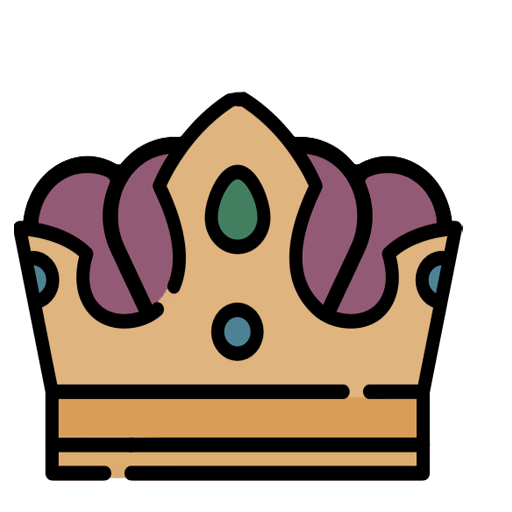
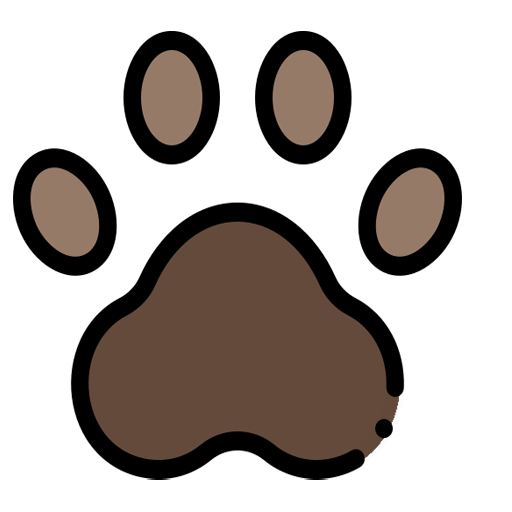
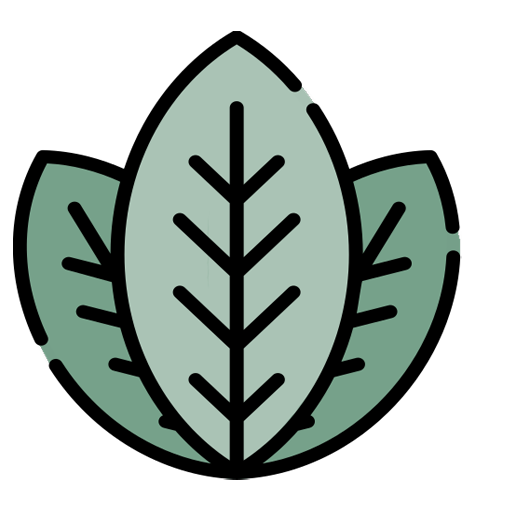
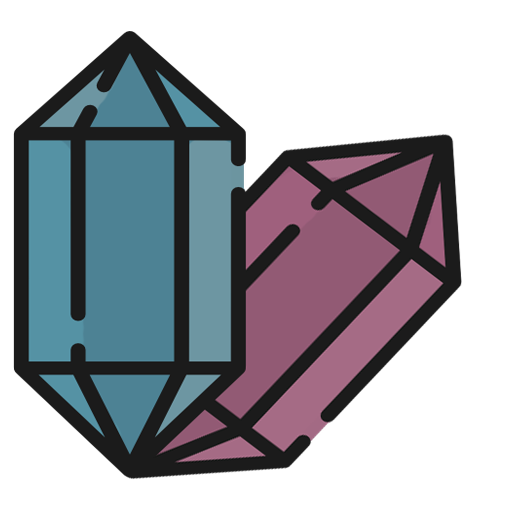

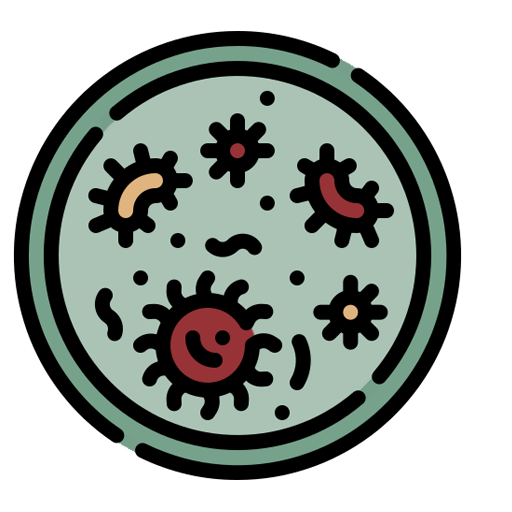
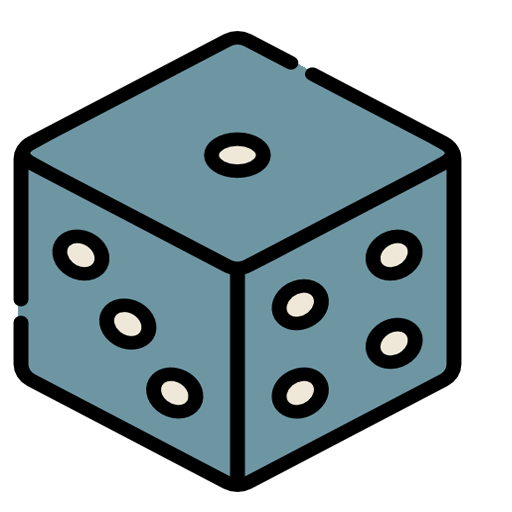
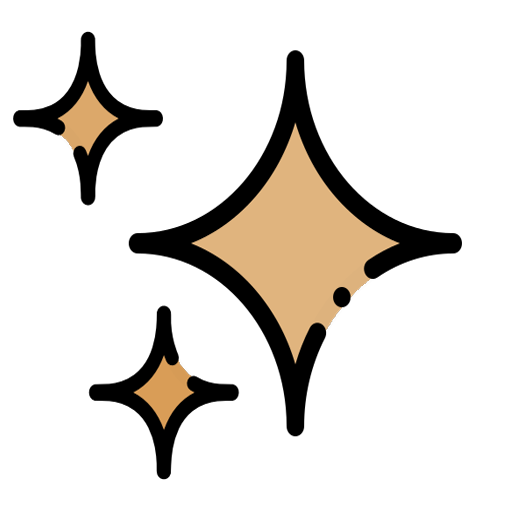




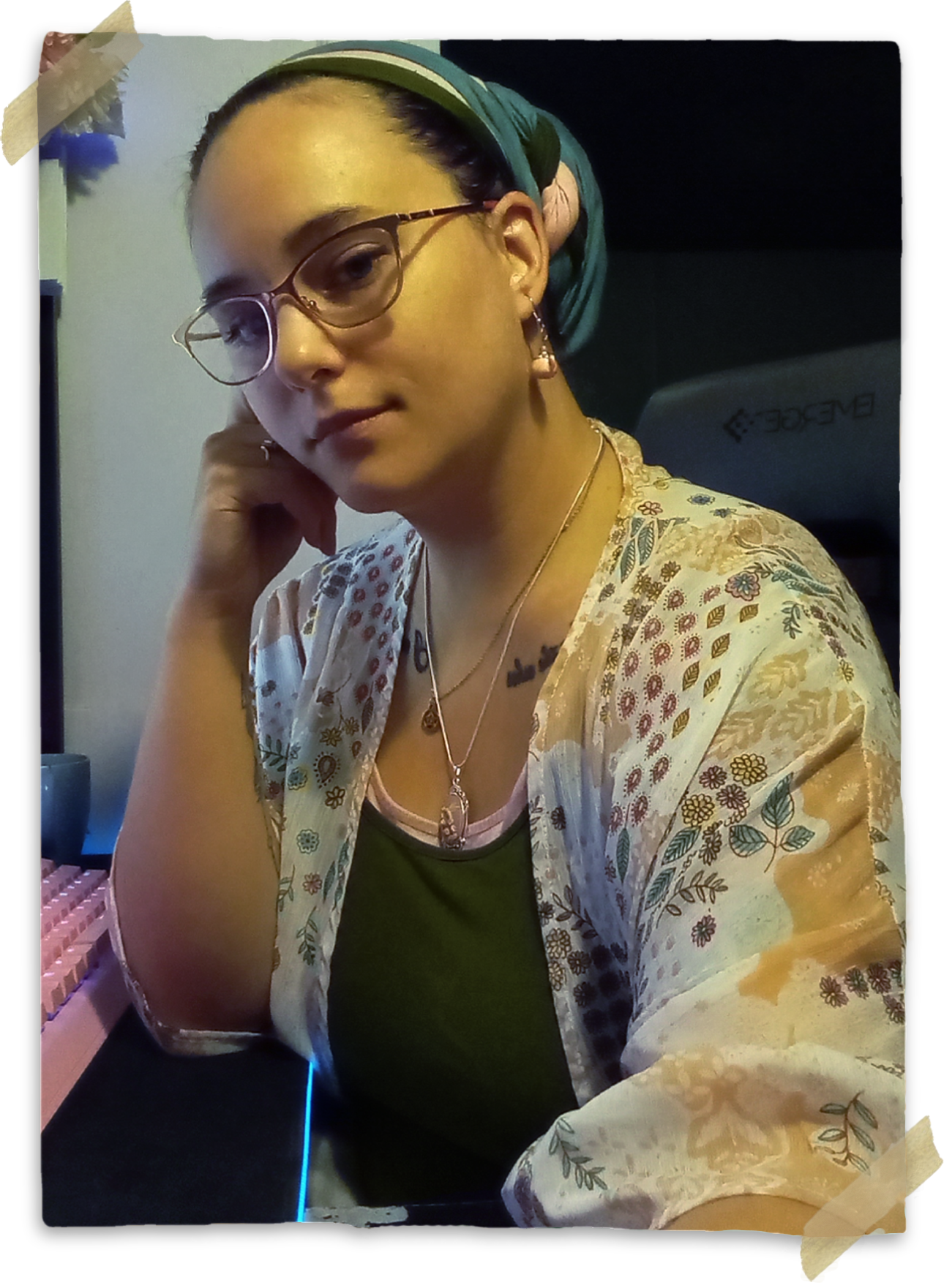



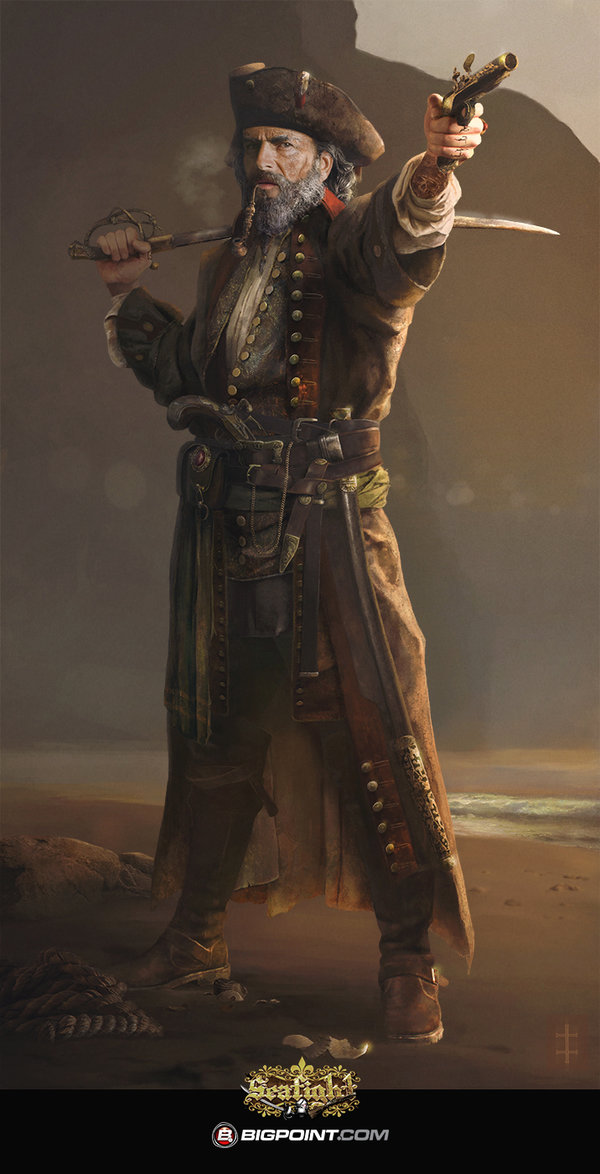
I like your work on this, you've done well to integrate the premise into your world as important history for the foundations of the world.
I will do no less for the one who cajoled me into having them in the first place :P
⤳ Buy me a Ko-fi
⤳ Join My Discord